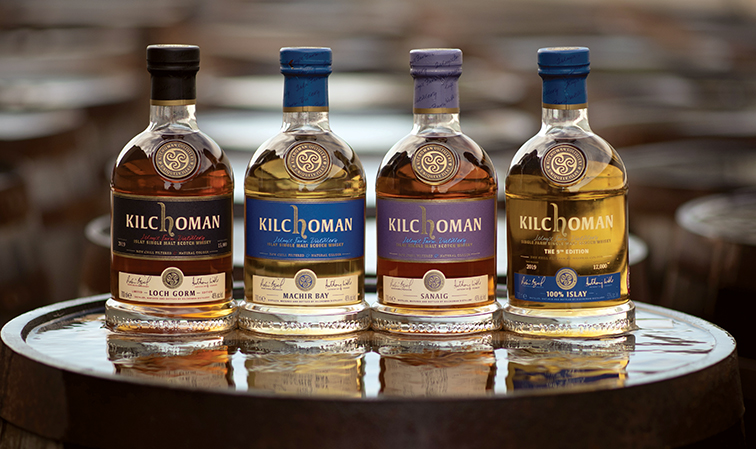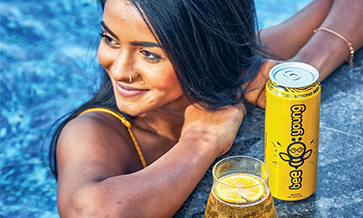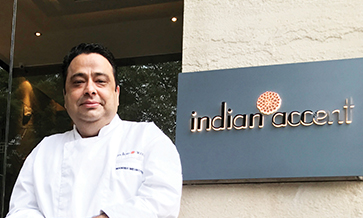Kilchoman was the first distillery to be built on Islay in over 124 years. The distillery, founded in 2005 and Islay’s only farm distillery, produces single farm single malt. Kilchoman is one of the few whisky distilleries in Scotland to remain independent. Vikram Achanta recently spoke with Anthony Wills, Founder and Managing Director of Kilchoman Distillery. Excerpts:
Kilchoman was the first distillery to be built on Islay in over 124 years. The distillery, founded in 2005 and Islay’s only farm distillery, produces single farm single malt. Kilchoman is one of the few whisky distilleries in Scotland to remain independent. Vikram Achanta recently spoke with Anthony Wills, Founder and Managing Director of Kilchoman Distillery. Excerpts:
What expressions do you offer as part of the Kilchoman range?
We offer the Machir Bay and the Sanaig. Our core expression is Machir Bay, which is matured 90% in Bourbon casks and 10% in Oloroso Sherry casks. Sanaig is matured 70% in Oloroso Sherry casks and 30% in Bourbon casks.
These are two different expressions that showcase the Kilchoman styles of Islay Scotch whisky making.
You have a couple more listed on your website…
Yeah, we release what is our flagship expression, 100% Islay, which is barley we grow, malt that is distilled, matured, etc. all at the distillery. And that’s really what Kilchoman is all about, because we’re a small farm distillery.
We showcase the fact that we do the whole production process on site. That is our flagship expression that is very different from other single malt expressions in Scotland.
And then we have a fully 100% matured in Oloroso Sherry casks called Loch Gorm that we release once a year, similar to the 100% Islay. And then we have two other limited releases that we also release once a year. Those four releases are released on allocation to our distributors around the world.
What exactly is a farm distillery?
Distilling in Scotland was all about small farms. All around Scotland, and on Islay in particular, there were 34-35 registered farm distilleries. This was 200-300 years ago.
What we were doing is replicating how whisky started its journey on these small farm distilleries, taking whisky back to its roots in some respect. And that’s why we chose to do it the way we did.
We grow about 20-25% of our own barley and we source the rest from outside. The maltings are from barley, but yes the barley comes from the mainland.
You’re the first distillery on Islay in 124 years. Tell us more.
That is correct. People were quite surprised when I decided to build a new distillery – and now new distilleries are popping up! It’s a big craze now.
We’ve been established now for nearly 14 years. Locating on Islay was one of the biggest decisions we made, purely because of the iconic status that Islay enjoys all around the world.
Is it a myth that you can only make peaty whiskies on Islay?
You can make them anywhere in Scotland. Islay has stolen that style because Islay is one big peat bog and the style of peat is very sort of maritime, with strong flavours coming from it.
Islay has got that status as the peat that we use in the malting stage has a much denser character. The provenance of Islay whiskies is definitely in the peat character that we have and the style of whisky that is produced here.
The older brands in the Scotch whisky business have hundreds of years of heritage to help tell stories. What story do you tell?
I always say that I’m very grateful to the big brands for promoting and marketing Scotch whisky, especially Islay single malt and malt in general. I think there’s a niche for everyone now in the single malt whisky market.
We have gone to the premium end of the market. And clearly the Islay brand has helped us getting recognised. Even in Scotland, your location plays an important role.














